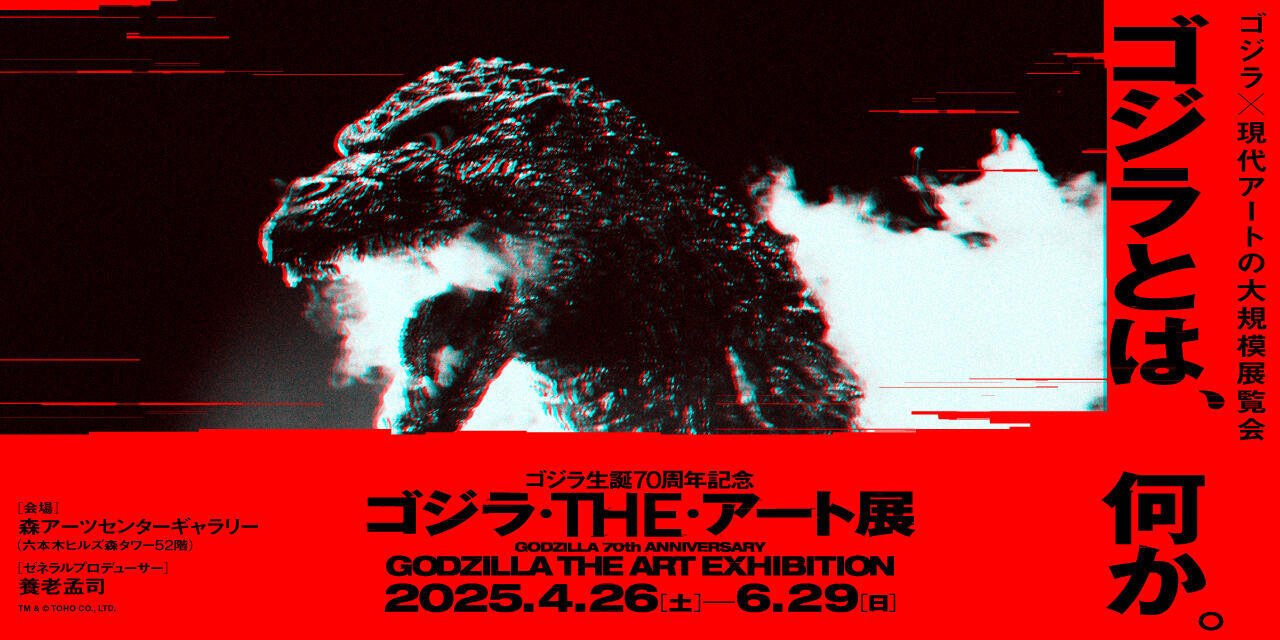In the late 1960s and early 1970s, underground culture was a dominant force in the arts in Japan, especially in urban spaces in Tokyo. Replacing the conventional notion of avant-garde, underground arts was a nexus of various cutting-edge movements and practices. The term first arrived in Japan through American underground films and quickly spread to other fields like art, music, manga, design, theater, and butoh. In just a few years, angura (as underground culture was often called in Japanese) had become well known in society at large. However, the scene had effectively disappeared by the mid-1970s in parallel with the decline of the major protest movements and anti-establishment counterculture with which it was intertwined. Though a short-lived phenomenon, underground culture had a significant impact on postwar Japan, and arguably still exists today as a style. With its focus on temporary happenings instead of physical works, underground culture valorized places or sites for its members to perform. As such, the Tokyo underground is frequently understood merely as part of the 1960s and 1970s zeitgeist, and aspects of what it actually did or achieved remain little known.
MAM Research 011: Tokyo Underground 1960-1970s - A Turning Point in Postwar Japanese Culture presents a wide range of materials with a focus on ephemera that capture a sense of the underground culture that blossomed so intensely yet briefly in Tokyo. Through these materials, the exhibition offers an opportunity to take a detailed look back on the history of the underground arts, its ideas and key figures, and its scope and limits.
List of Works
Download the work list. (PDF/460KB)

June 1966
Design: Hosoya Gan
Photo courtesy: Keio University Art Center

August 10, 1968
Cover design: Yokoo Tadanori
Photo courtesy: Yokoo Tadanori, Kinema Junposha




 About “MAM Research”
About “MAM Research”




